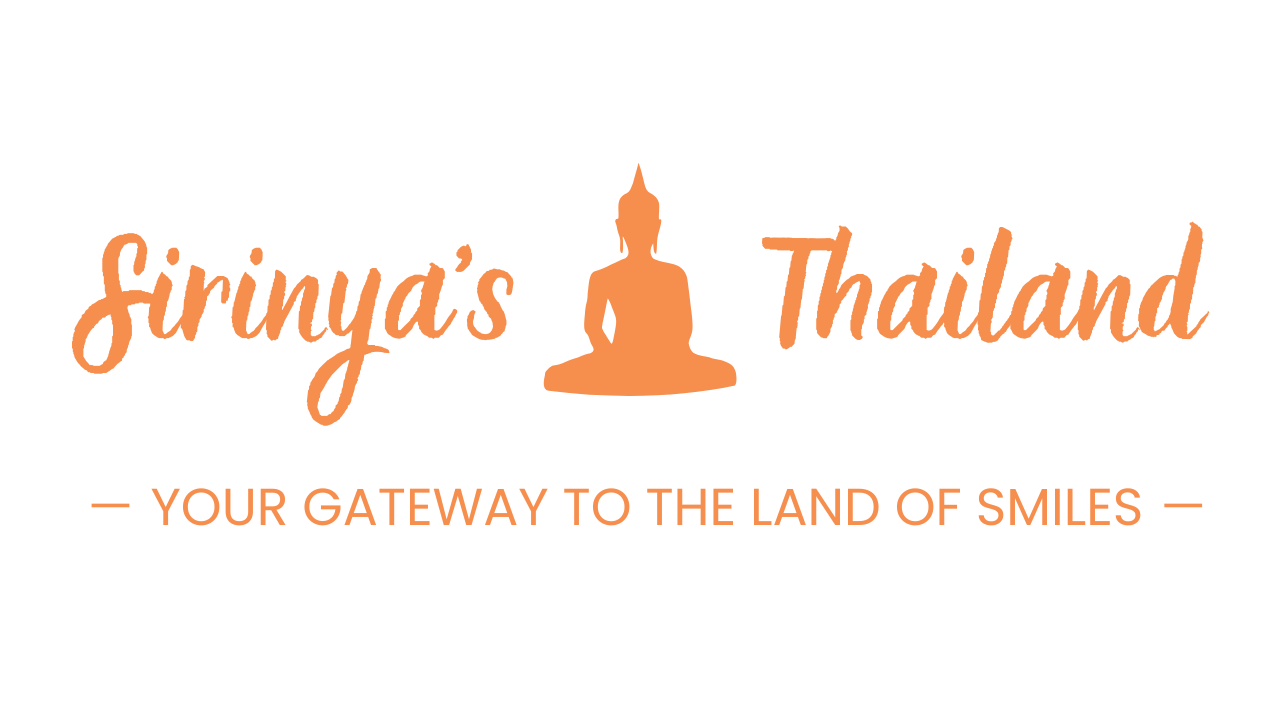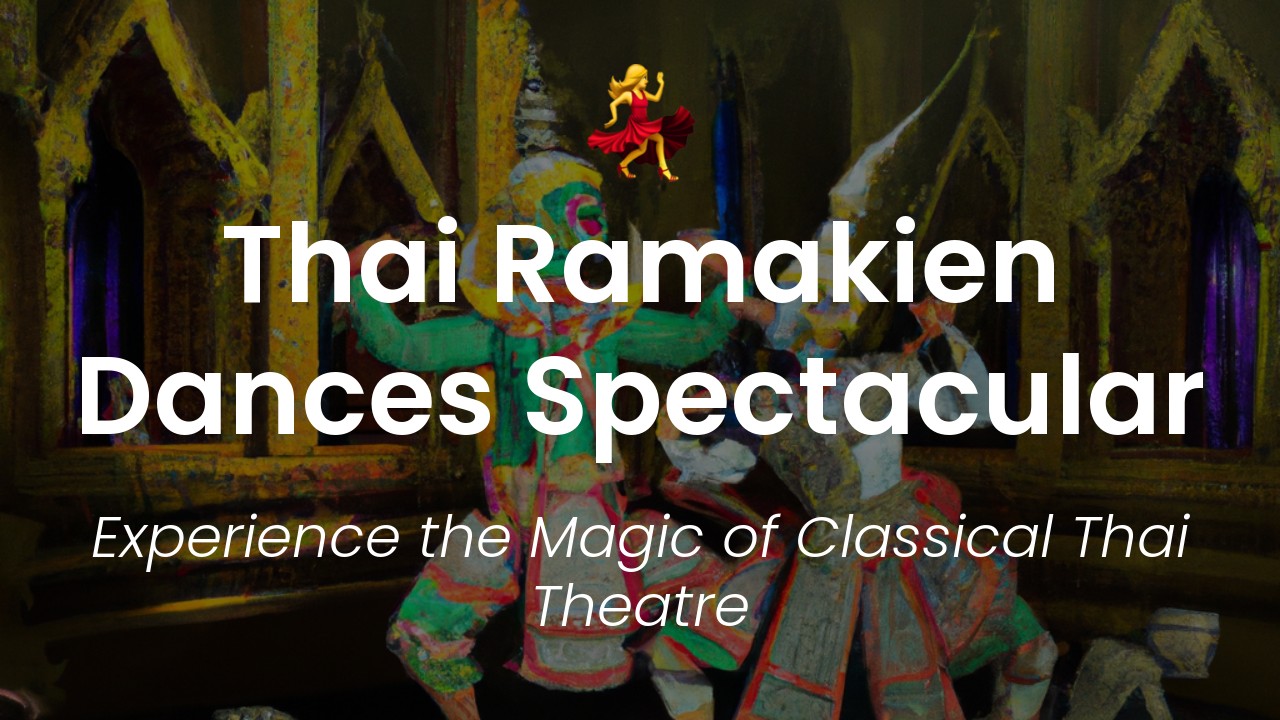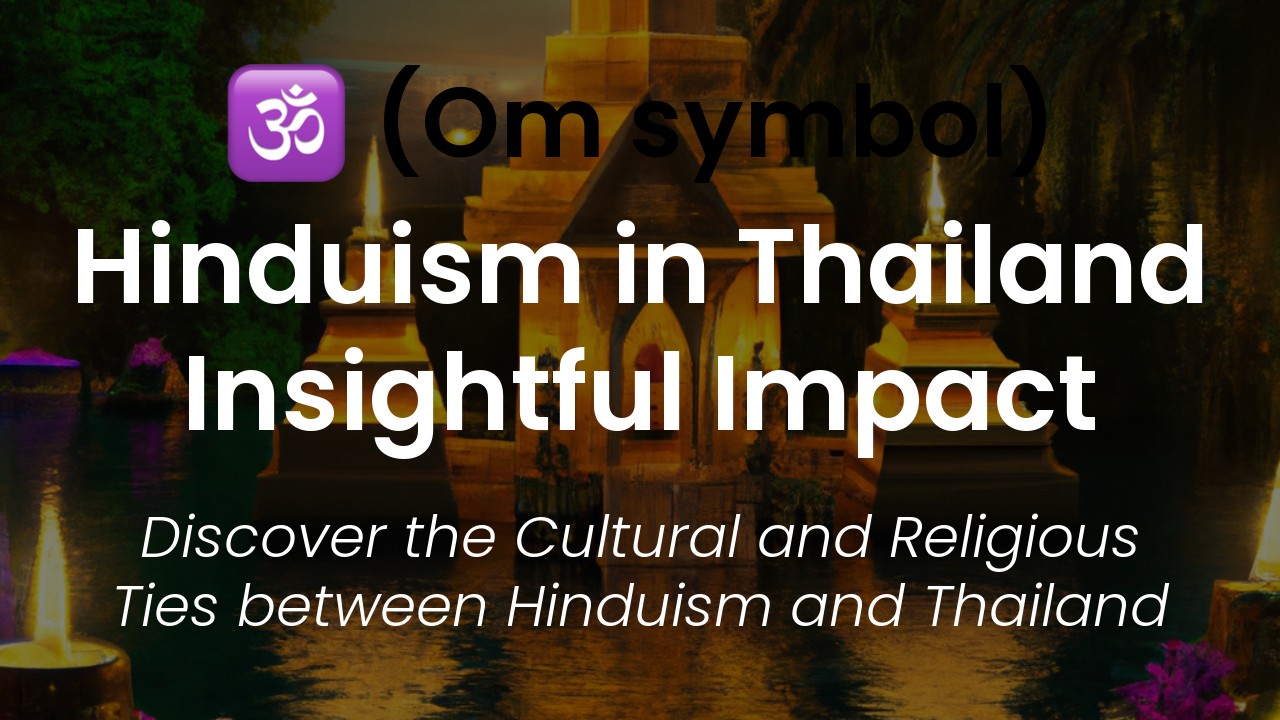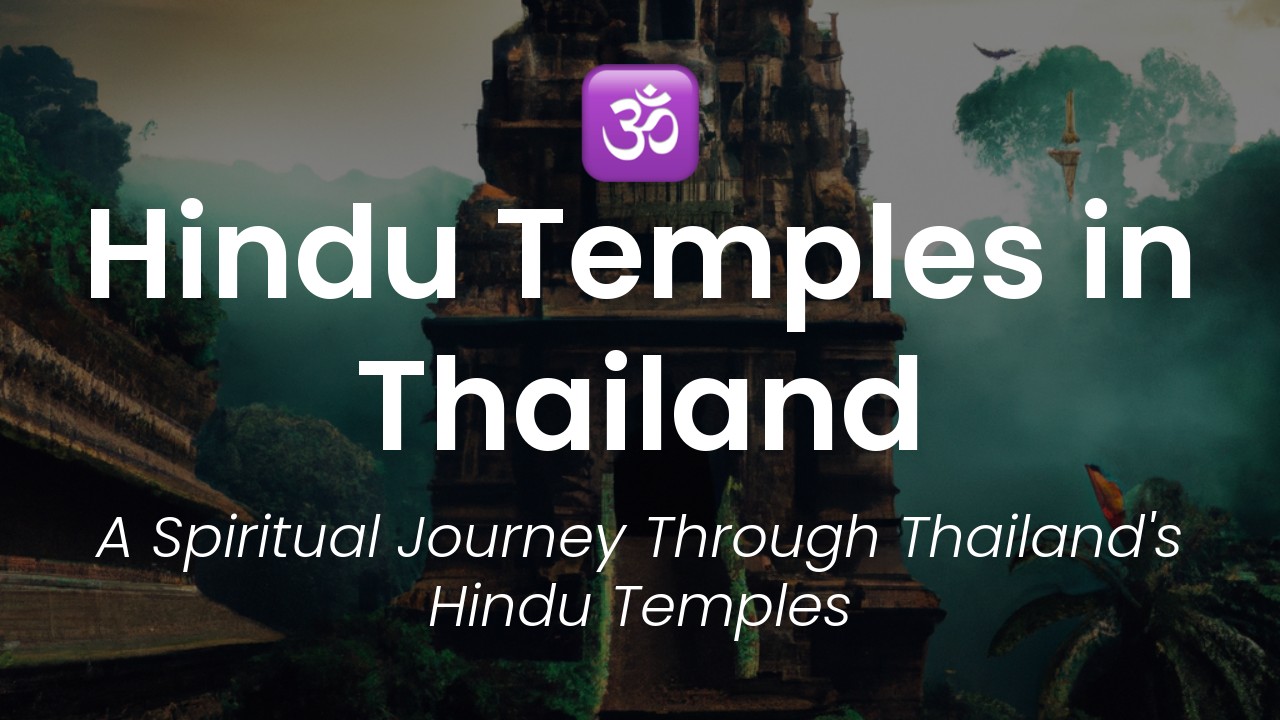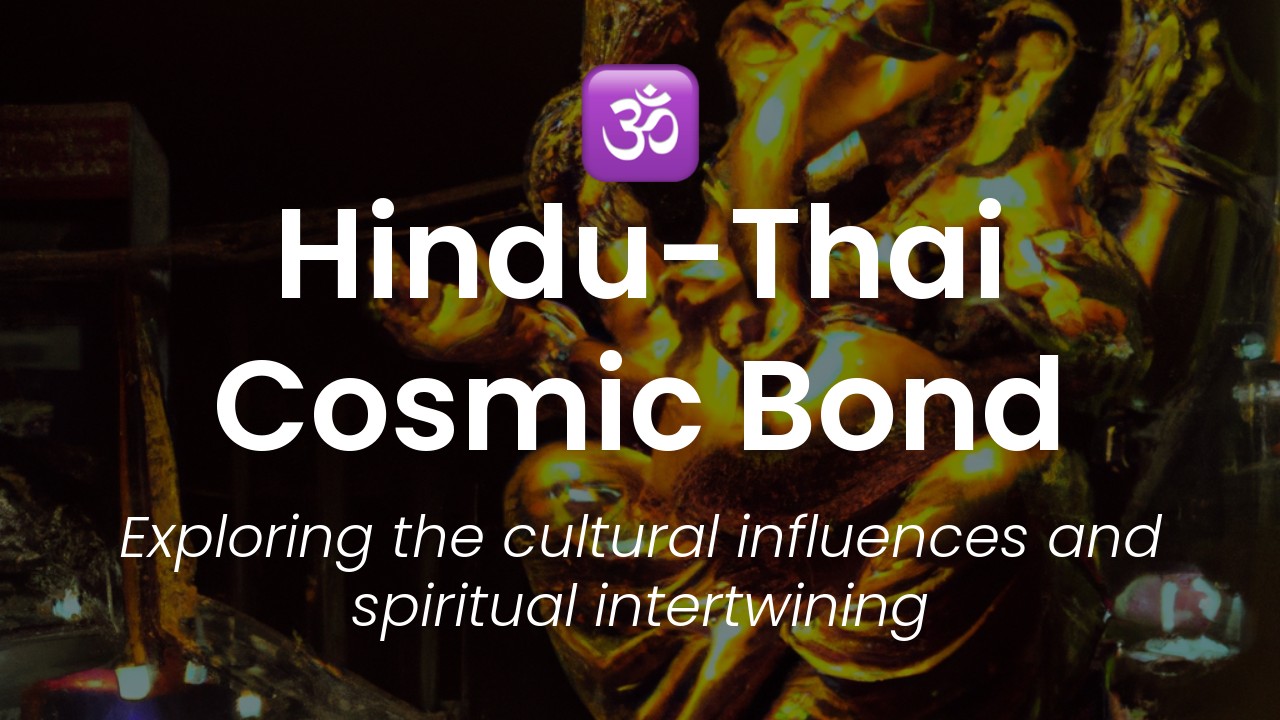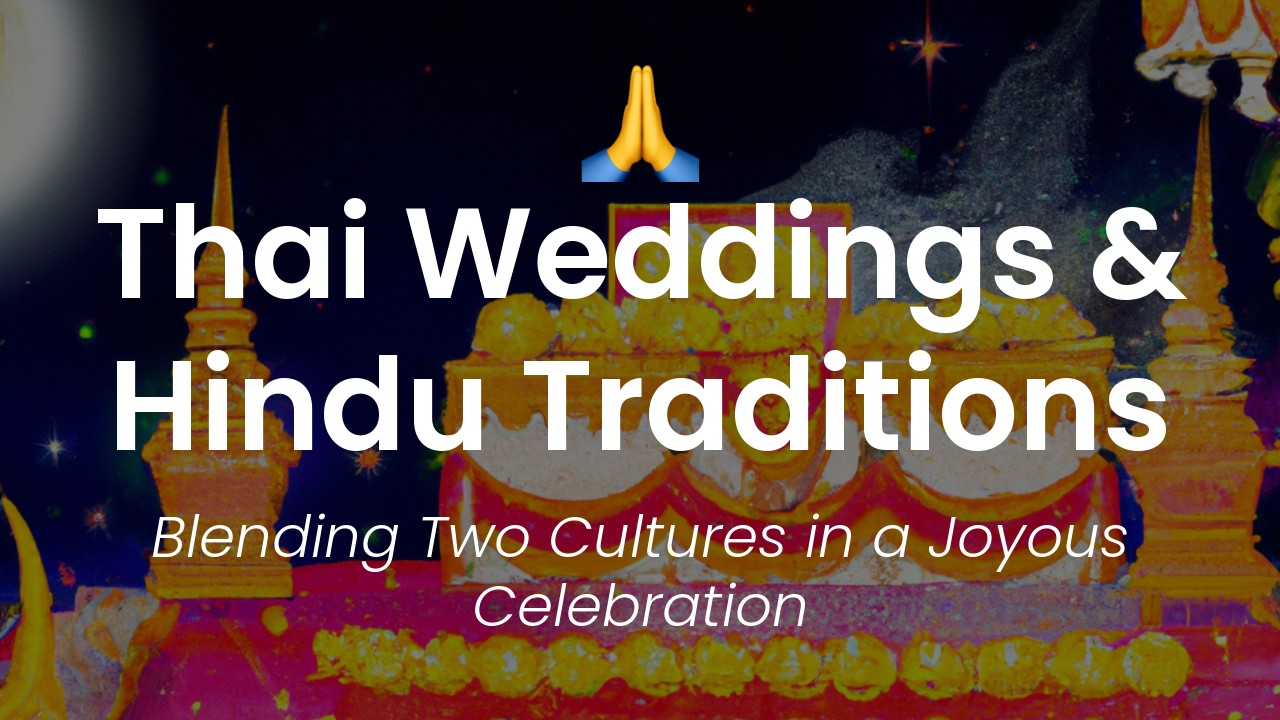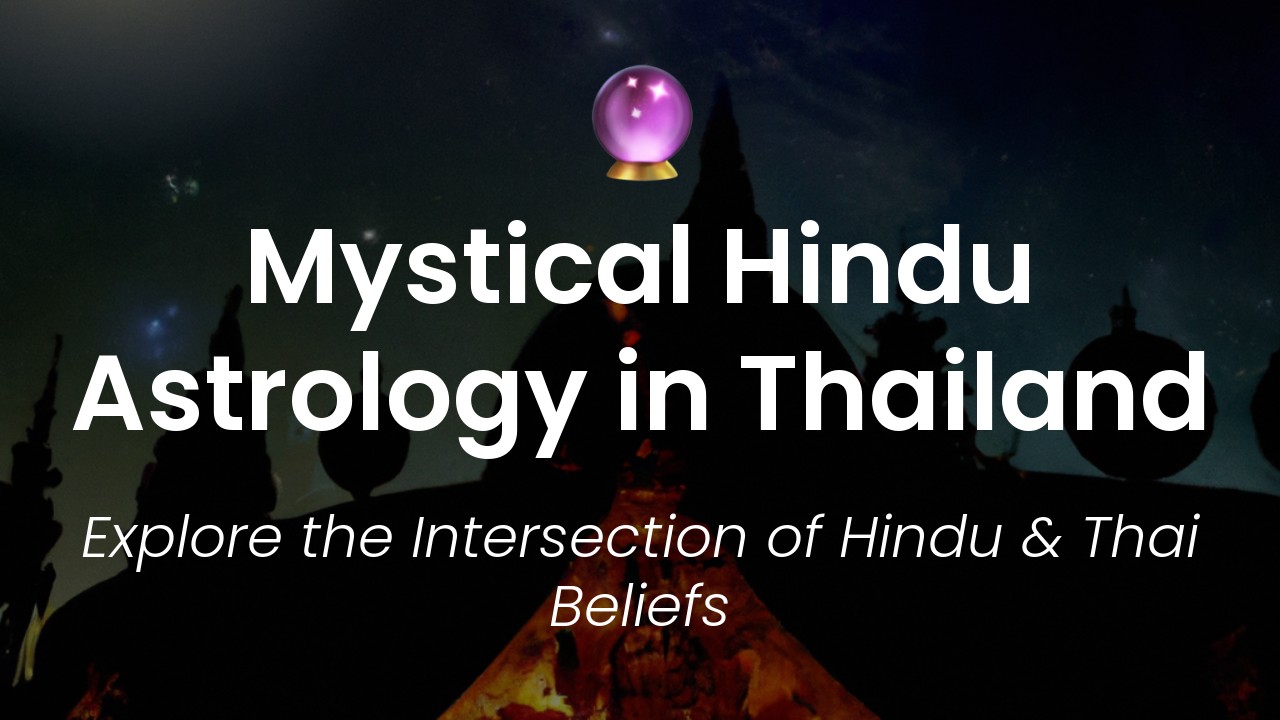Sawasdee ka, dear readers! As a proud Thai woman, I have always been fascinated by the cultural and historical influences that have shaped the beautiful land of Thailand. In particular, the influence of Hinduism on Thai music has always intrigued me. In fact, it can be said that Hinduism played a significant role in the formation of Thai music.
Thailand, like many Southeast Asian countries, has a long-standing history of cultural exchange with India, which can be traced back to the 6th century. This exchange of trade and cultural exchange contributed to the spread of Hinduism and Buddhism, which arrived in Thailand from India. The religious and cultural influence brought by the Hindu and Buddhist temples had a profound impact on Thai music and dance.
Many ancient Thai instruments have an Indian origin or are influenced by it. For example, the khim, a type of hammered dulcimer, originated in Persia and was imported to Thailand via India. Similarly, the pi nai, a type of oboe, is believed to have been brought to Thailand by Indian traders. The use of Indian musical instruments in Thailand is still prevalent today, which is a testament to the long-standing cultural influence of India on Thai music.
In this blog post, I will delve into the ways in which Hindu influences have contributed to the rich musical and cultural heritage of Thailand. From the use of Indian classical music in Thai classical music, to the incorporation of Hindu lyrics in Thai music, we will explore the fascinating fusion that has given birth to the unique and beautiful Thai music as we know it today. Join me on this journey of discovery and let's learn more about the wonderful cultural heritage of Thailand.
##The Hindu Origins of Thai Music
Thai classical music is a unique and vibrant art form that has been shaped by a variety of cultural influences throughout the centuries. One of the most significant of these influences has been the Hindu religion, which has played a central role in shaping Thai music and dance. In this article, we will take a closer look at how Hindu influences have contributed to the development of Thai music, and explore some of the fascinating and intricate cultural connections between these two ancient traditions.
##The Incorporation of Indian Instruments
One of the clearest indications of the Hindu influence on Thai music is the use of Indian instruments in traditional Thai ensembles. These instruments were brought to the region by Indian traders and cultural emissaries as early as the first century CE, and have since been adapted and refined by Thai musicians over the centuries.
One of the most significant of these instruments is the "pi", which is a kind of lute that is played by plucking the strings with a thin plectrum. The pi is often used to provide the melodic structure of a piece, and is accompanied by a variety of percussion instruments, such as the "klong thap", a set of small finger cymbals that provide a shimmering counterpoint to the pi.
Another important Indian instrument that has been incorporated into Thai ensembles is the "ranad ek", which is a kind of xylophone with 21 or 22 bamboo bars. The ranad ek is often used to provide a high, bright melody that complements the deeper tones of the pi and other instruments.
##Ramakien: The Thai Adaptation of the Ramayana
Another key element of the Hindu influence on Thai music is the incorporation of Hindu myths and legends into traditional Thai music and dance. One of the most important of these stories is the Ramakien, which is a Thai adaptation of the Indian epic, the Ramayana.
The Ramakien tells the story of Prince Rama and his quest to rescue his beloved wife, Sita, from the clutches of the demon king, Ravana. The story is full of adventure and romance, and has been a popular subject for Thai musicians and dancers for centuries. Many Thai classical compositions feature music and dance routines that tell the story of the Ramakien, and the epic itself has been adapted into many different forms, from puppet shows to operas.
##Influence of Hinduism on Thai Classical Music
Beyond specific instruments and stories, the influence of Hinduism on Thai classical music can be seen in the very structure and style of the music itself. Many Thai classical compositions are characterized by their intricate, cyclic rhythms and complex melodies, which are often based on the modes and ragas of Indian classical music.
In addition to these structural elements, the very ethos of Thai classical music is deeply informed by the Hindu concepts of spirituality and devotion. Many Thai musicians consider themselves to be spiritual practitioners as well as artists, and often draw on Hindu concepts such as karma, dharma, and bhakti in order to create music that is both beautiful and spiritually uplifting.
##The Use of Sanskrit in Thai Songs
One final aspect of the Hindu influence on Thai music is the use of Sanskrit in many traditional Thai songs. Sanskrit is an ancient Indo-European language that was used in India for religious and scholarly purposes, and has had a profound impact on many different cultures throughout Southeast Asia.
In Thai music, Sanskrit is often used as a kind of poetic language, with many songs featuring lyrics that are written in Sanskrit or that incorporate Sanskrit words and phrases. This use of Sanskrit adds an additional layer of depth and meaning to many traditional Thai compositions, and underscores the deep connection between Thai music and the wider cultural traditions of Southeast Asia.
How Hindu Influences Continue to Shape Thai Music Today
Although the Hindu influence on Thai music can be traced back centuries, it continues to shape the art form in new and exciting ways today. Modern Thai composers and musicians are exploring new ways to incorporate Hindu concepts and symbolism into their work, while also experimenting with innovative new instruments and styles.
At the same time, the deep spiritual connection between Thai classical music and Hinduism means that the music continues to be a vital part of the cultural and religious life of many Thai people. Whether it is performed in temples, concert halls, or on the streets of Bangkok, Thai classical music remains a dynamic and vital form of artistic expression – one that would not be possible without the centuries-long influence of Hinduism.
In conclusion, the Hindu influence on Thai music is a prime example of the enduring cultural connections that exist between different parts of the world. By blending ancient traditions with new ideas, Thai musicians and composers have created a uniquely beautiful art form that continues to captivate and inspire audiences around the globe. Whether you are a lover of classical music, a devotee of spirituality, or simply a curious traveler, the fascinating fusion of Hindu and Thai cultures is sure to delight and enchant you for years to come.
